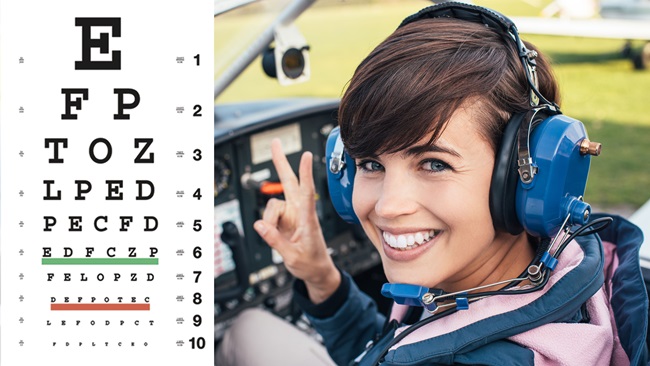
Ever since the unmanned aircraft boom began, the industry, lawmakers, regulators, and others have been bracing for the first midair collision between a “drone” and a manned aircraft. That day may have come Jan. 2 over Modesto, California, though the Cessna 188 pilot who reported the midair strike found no damage on a post-flight inspection.
The report is among 582 drone sighting reports collected by the FAA from Aug. 21 through Jan. 31 and released March 25 in the form of a long spreadsheet that contains no classification or apparent attempt to discriminate between unconfirmed or uncertain sightings, and near-miss incidents or actual collisions. A detailed examination of the 93 sighting reports collected by the FAA in January revealed most (83 of the total) note little or no potential for conflict. Ten of the 93 January reports note estimated separation distances of 500 feet or less, including some within 50 feet; five of the reports document uncertainty about whether the object sighted was a drone or a balloon. The Jan. 2 report from Modesto stands out.
After landing at 2200 Zulu, the pilot reported by telephone “that his aircraft had been struck by what he believed to be a drone,” the report states. (The FAA has redacted some details including identifying information from the reports prior to releasing them to the public.) The pilot reported hearing “a thump” and observing “a lot [of] small shattered pieces” of black debris, and was “very confident” that a man-made object had struck the aircraft, and not a bird. Finding no damage or “blemish” during a post-flight inspection, the pilot told the FAA that he believed the drone had struck one of the aircraft’s tires.
A detailed review of the sighting reports released to date is ongoing, and it is difficult to confirm, with the information provided, how many of the approximately 1,500 unmanned aircraft sighting reports collected since the FAA began the effort in 2014 can be verified, how many represent a possible misidentification, or how many represent illegal activity by drone operators. In a few cases, the report suggests that the drone was flying legally, though many document unmanned aircraft flown thousands of feet in the air, and/or within very close proximity to major airports. (One report notes a drone spotted Jan. 7 over a radar antenna at Boston Logan International Airport.)

The FAA, in the March 25 press release, states that “reports of unmanned aircraft have increased dramatically since 2014,” and while the numbers are piling up, the rate of report receipt appears to have stabilized about 100 per month nationwide since the beginning of 2015. Ownership of unmanned aircraft has increased significantly, and more than 400,000 hobbyists have registered as drone owners with the FAA through an online system created for non-commercial use. The FAA on March 31 announced that commercial operators may now use that same online system, rather than go through the traditional “legacy” system used by operators of manned aircraft.
The annual FAA forecast of aviation activity covering 2016 through 2036 projects that ownership of small unmanned systems flown by hobbyists will increase from 1.9 million in 2016 to as many as 4.3 million by 2020.
In a March 29 press release, the FAA announced it had updated the “blanket” certificate of waiver or authorization (COA) granted to commercial operators who petition for exemption as provided by Section 333 of the 2012 FAA Modernization and Reform Act, increasing the altitude limit. All successful petitioners receive a standard COA, which previously limited commercial operators to fly at 200 feet or below; the limit has now increased to 400 feet, which will facilitate inspections of radio towers and other structures more than 200 feet tall (and up to 400 feet) without requiring the commercial UAS operator to obtain an operation-specific authorization.
“This is another milestone in our effort to change the traditional speed of government,” said FAA Administrator Michael Huerta. “Expanding the authorized airspace for these operations means government and industry can carry out unmanned aircraft missions more quickly and with less red tape.”
Pilot and aviation law attorney Jonathan Rupprecht, whose practice focuses on unmanned aircraft, posted an analysis of the effects of this COA revision online.
Hobbyists, meanwhile, continue to operate under a variety of restrictions (including a 400-foot altitude limit, and a requirement to notify airport management and/or air traffic control authorities before operating within 5 statute miles of an airport), which appear to be violated with regularity. Many of the sightings were reported by aircraft in flight, thousands of feet in the air, with drone altitudes estimated to be close to that of the aircraft.
The FAA created a mobile app, B4UFLY, to help hobbyists determine if their chosen flight location is legal, and the agency has collaborated with AOPA and other stakeholders on the Know Before You Fly online education campaign.



